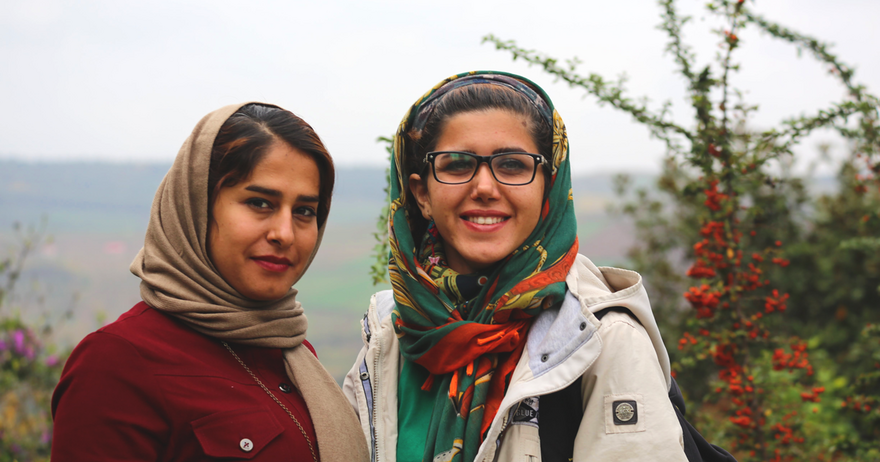A Field Report from Darabkola EDE

In December 2017 the first week of the Ecovillage Design Education course in Iran took place in the village of Darabkola. This report is a summary of our experiences and learnings, with reflections for the future growth of EDEs and the path of sustainable living for the citizens of Iran.

Last December 13 participants from diverse parts of the country arrived in Darabkola to light the opening fire with folk music. We gave our gratitude to all who had supported this international cooperation between Gaia Education and the citizens of Iran. The course was given permission to run a few days before its beginning, galvanising significant support from the great local team.
In a grid-locked puzzle of movable pieces, it is the presence of an open space that allows the pieces to move around and find their right place and relationship to the other pieces. Participants experienced the power of this open space during the Ecological Dimension of the EDE, as the whole picture of the EDE Iran emerged, showing an intelligent design with an enormous life force. This enabled them to pursue clear lines of enquiry.
Out of this, three projects emerged as possible pioneering eco-communities:
- Village of Darabkola
- Village of Maji in Mazandaran
- Island of Qeshm in the Persian Gulf

Our participants then designed the ecological aspects for each of the potential ecovillages.
Saad Dagher introduced the principles of agro-ecology and the process of transformation for Farkha, his village in Palestine, to become an ecovillage. His concrete example was inspirational and helpful to participants. Dr. Yasuyuki Nemoto from Japan introduced the water component of the programme, complemented by the experience of pure quality forest water from the Hyrcanian Forest where participants spent time.
Following the Ecological Design week, Trees for Hope began its ‘love in action’ work with local partners and the community in Darabkola by making compost to halt the village’s garbage problem, to re-fertilise the soil and to enrich the local community. Our work is being done in partnership with the local municipality and the local NGO.

The citizens of Iran are aware of the convergence of their ecological, social and economic crises and are keen to design their own unique solutions. It is our intention to continue to collaborate with the Ministry of Environment and communities in Iran to support the implementation of their regenerative integrated solutions at the local level. We are preparing the Social Design aspect of the programme while Trees for Hope will continue to support citizens’ actions in revitalising the rivers and polluted waters, starting with Darabkola.
We are looking forward to the next level of partnership and engagement.


0 comments
Leave a comment